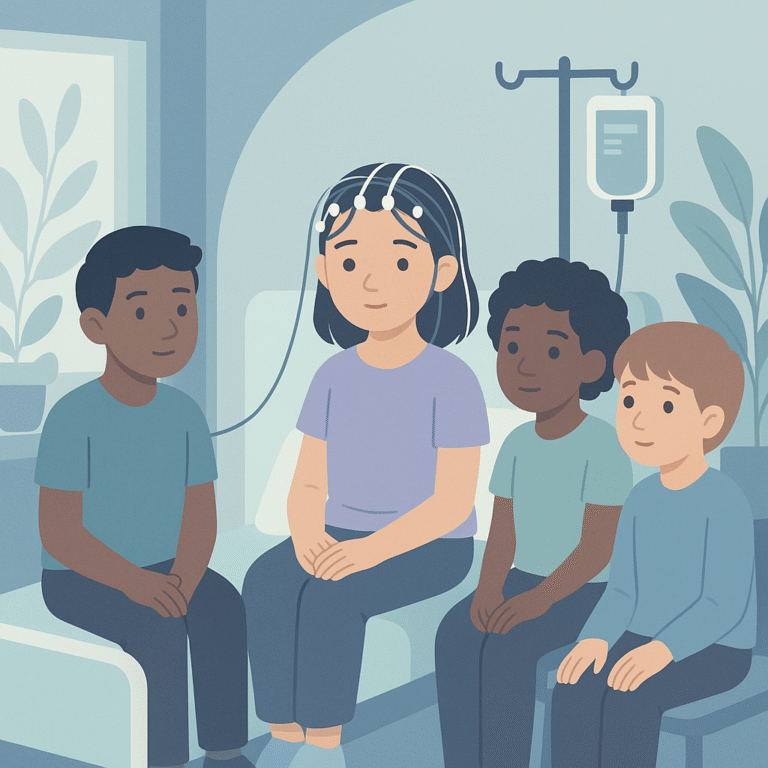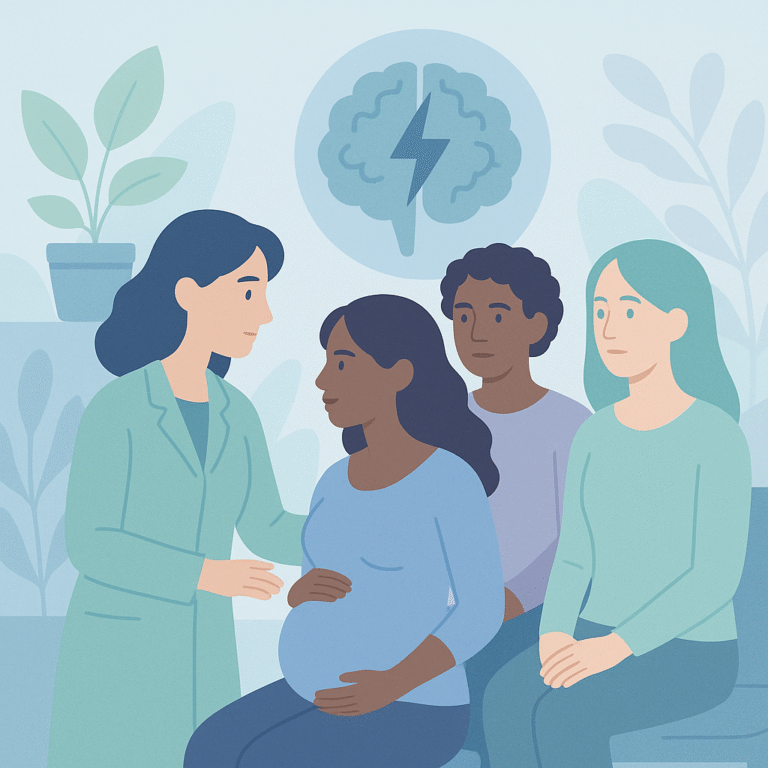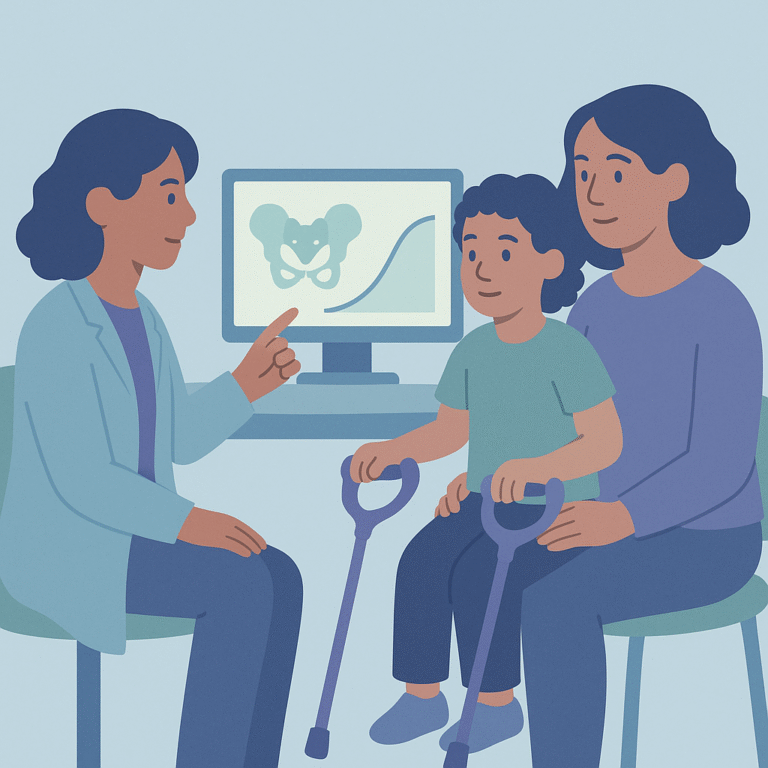Children’s Views on Long-Term Monitoring for Epilepsy
This study looked at how children aged 8 to 17 experience long-term video-electroencephalography monitoring (LTVEM), a procedure used to diagnose epilepsy when medications don’t work.

This study looked at how children aged 8 to 17 experience long-term video-electroencephalography monitoring (LTVEM), a procedure used to diagnose epilepsy when medications don’t work.

In a recent study, researchers looked at how well neurologists in the United States are following new guidelines for genetic testing and counseling for patients with unexplained epilepsy.

A recent study looked at how EEG (electroencephalogram) results can help predict the chances of having more seizures after someone experiences their first unprovoked seizure.

Researchers studied how well current guidelines help manage pregnancy for women with epilepsy (WWE).

This study looked at a specific gene called ADAM23 and its potential role in causing focal epilepsy, which is a type of seizure disorder.

This study looked at how schools can support children and teenagers with chronic health conditions, like epilepsy, asthma, and ADHD.

Researchers studied a new tool called PredictMed-CDSS, which is designed to help predict the likelihood of developing neuromuscular hip dysplasia (NHD) in children with cerebral palsy (CP).

This study looked at children with a specific genetic condition called SYNGAP1-related developmental and epileptic encephalopathy (DEE), which causes severe developmental issues and epilepsy.

Researchers studied how well antiseizure medications (ASMs) work for people who have recently been diagnosed with focal epilepsy.